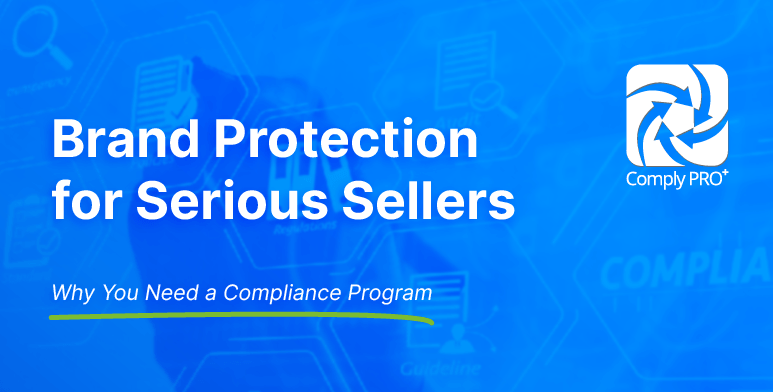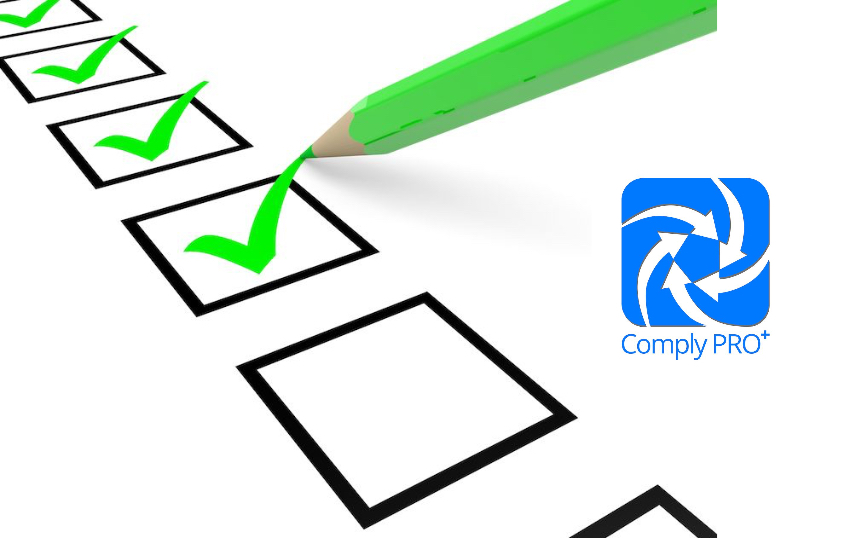
by Bill Jacoby | Jul 26, 2023 | Insights
Most Amazon sellers I have dealt with over the last thirteen years contact me to fix an issue with a test report, rejection of a certificate, or supporting documentation or to identify regulations needed to develop and launch a new product. When I ask them if they...

by Bill Jacoby | Apr 25, 2023 | Insights
Regarding product safety, it is essential to stay ahead of the curve, and companies are often faced with the decision of how often to optimize their compliance program. Companies may ask themselves why they should change their existing program if it works. However,...

by Bill Jacoby | Apr 22, 2023 | Insights
Be Trade Show Sales Ready Whether you are a manufacturer or Amazon Seller, product safety compliance is essential for any business selling products in today’s competitive markets. A comprehensive product safety compliance program can help protect brands, reduce...




